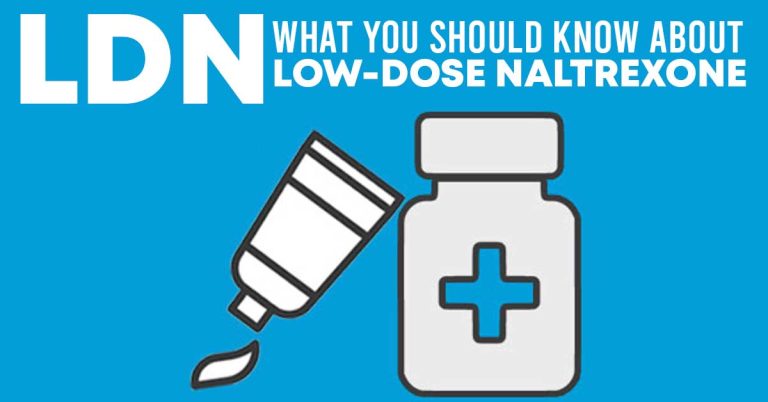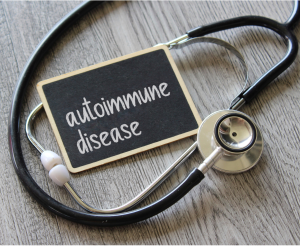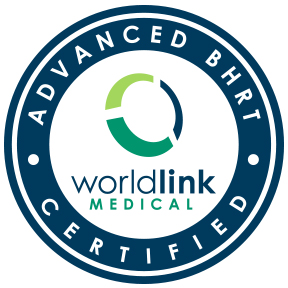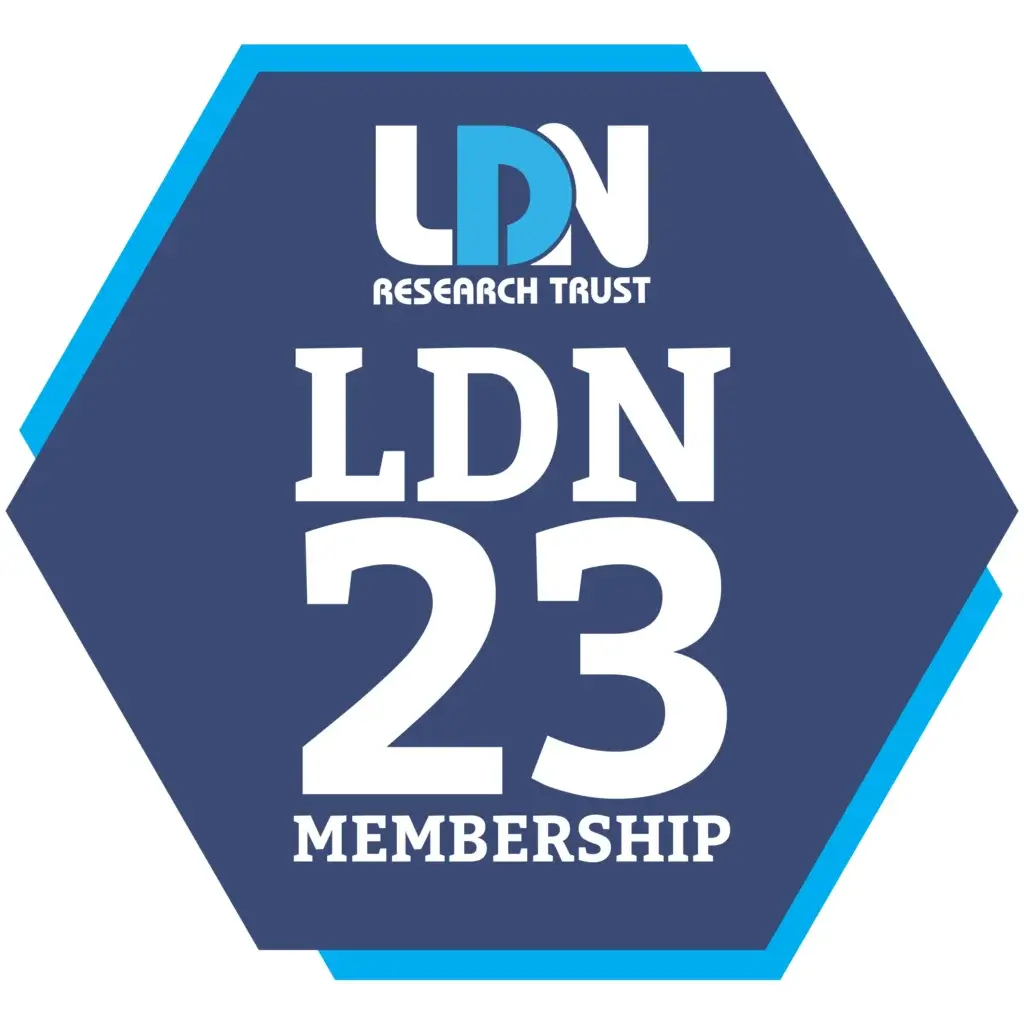
I have been getting really good success in some of my patients with the use of low-dose naltrexone (LDN) for a variety of health conditions, so I decided to write this blog post and inform you of this potential wonder drug. Normally, I am not a so-called prescription drug fan, as you know, but this one I have an exception to. In fact, most doctors are not even aware of the benefits of low-dose naltrexone. They are only familiar with naltrexone’s usage for addictions, and thus they are unwilling to consider using it for other indications.
In fact, because LDN is cheap and generic, BIG Pharma has no interest in funding large studies that will get doctor’s attention. The only way to get a prescription that is compounded for you personally at a compounding pharmacy, is to find an open-minded practitioner who has read the available research on it, such as myself. Here’s the scoop on LDN. You will really want to pay attention to this information I am presenting. It may be the answer you are looking for.
LDN works by two basic mechanisms: balancing and regulating the immune system and then reducing central nervous system inflammation. There are likely other mechanisms, but these two are the ones that have been the most clearly defined so far. During various circumstances, including increased emotional or physiological stress, depression, poor diet, weight gain, leptin resistance, insulin resistance obesity or diabetes, toxin exposures, or plastics—to name a few, LDN helps to decrease the amount of antibodies produced that cause these disorders and modulate the immune system response (1).
Additionally, the benefits of LDN are due to the temporary inhibition of endorphins. LDN attaches to opiod receptors, blocking endorphins from attaching to them. This causes the body to increase its production of endorphins (two to three-fold), as well as an increase in the numbers of endorphin receptors and/or the sensitivity of the receptors (4). The surge in endorphins then causes increased activity from stem cells and immune cells, making the immune system work more efficiently. A reduction of painful symptoms, and an increased sense of wellbeing results (3).

What is Low Dose Naltrexone?
First of all, Naltrexone is a class of drug known as opiate antagonist (blocker). It is not a controlled substance. Its normal use is in treating addiction to opiate drugs, such as heroin or morphine. The dose used for this purpose is usually between 50 and 300 mg daily (3).

Low-dose Naltrexone (LDN) refers to daily dosages of naltrexone that are between 1.5 to 4.5 mg. It was discovered more than 20 years ago that very small doses of naltrexone, 3 to 4.5 mg, had profound effects on the immune system, and thus it has been used in the treatment of autoimmune diseases in the U.S. since 1985. In addition to its regulatory effect on the immune system, it has also been shown to reduce central nervous system inflammation. Low- and high-dose opioid antagonists, like naltrexone, have quite different impacts on the physiologic system (5)
LDN is most commonly being used for chronic fatigue, multiple sclerosis, myelagic encephalopathy, to improve gut motility in gastroparesis, autism, and various cancers (3). It has also been demonstrated to reduce symptom severity in conditions such as fibromyalgia, Crohn’s disease, multiple sclerosis, and complex regional pain syndrome. These are the conditions the LDN has been found to be effective for in the literature, but anecdotally, clinicians are using LDN for a whole wide range of conditions involving inflammation and immune dysregulation, because it makes sense that it would work for them due to the same mechanisms at work.
Typical Dosage Titration for LDN
The most common practice is to prescribe LDN at 1.5 mg at bedtime (or one hour before bedtime) for 14 days, then 3 mg at bedtime for 14 days, then 4.5 mg at bedtime ongoing. If patients have side effects at the 4.5 mg dosage, this can be reduced back to 3 mg. If patients wake up groggy, they can try to take the dosage an hour sooner than they were taking it before. Or if they report insomnia as a side effect, they can move to a morning dosing.
Expected Response
After starting LDN, some response is expected to be seen at 6 weeks, with maximal effects at 12 weeks. LDN is usually well-tolerated with most not experiencing any severe side effects. However, some patients have reported headaches, insomnia, and vivid dreams that usually improve within a few weeks. The sleep disturbances (vivid dreams or insomnia) when LDN is taken at nighttime, is most likely because of the increase in endorphin release (3). If patients experience anxiety as a side effect from LDN, the dose can be lowered, and the addition of a CBD tincture might be considered.
Some patients, very rarely, experience gastrointestinal side effects, e.g. nausea and or constipation/diarrhea. The reason is unknown, but may be due to the presence of large numbers of delta-opiate receptors in the intestines. Patients experiencing this side effect can request LDN Sublingual Drops, which transfer the LDN directly into the bloodstream—avoiding the GI tract (3).
If side effects are troublesome, then reducing the dose by 50% for 7 days before increasing it again, is suggested (3).
Time Expected Relief from Pain
Patients can begin feeling benefits at about 2-3 weeks, with maximum effect seen at about two months. Ideally, a three month trial is optimal by first titrating up the dosage the first month and then taking the 4.5 mg dosage for a full two months before giving up on it.

Is There Any Abuse Potential for LDN
LDN does not have any known abuse potential. It is not an addictive medication. Additionally it is not a drug that works by suppressing symptoms and then doesn’t improve the function of the body. LDN does improve function by increasing the production of T regulatory cells, which then have that immune-balancing effect and thus makes it safer to use over the long-term (2).
Contraindications & Special Precautions
LDN is compatible with most other therapies. It does not directly interact with steroids, however, LDN can negate the effect of opiate based painkillers. Patients who are taking multiple medications and/or herbal medicines, especially those with cancer or advanced disease, should take careful advice from a qualified doctor or pharmacist prior to initiating LDN (3).
LDN will block the opiod receptors, therefore, the effectiveness of some pain narcotic drugs, e.g. Percocet, morphine or tramadol will be decreased, and thus they should not be taken together (2). LDN should only be started after these drugs are completely out of the system.
 Patients with Graves’ or Hashimoto’s disease who are taking thyroid medications should be careful with the use of LDN, as their thyroid function may improve with the LDN, and then their dose of thyroid medication that was previously maintaining equilibrium before all of a sudden becomes too high. Thus, this person can potentially experience hyperthyroidism or start feeling heat or not sleeping well, or all of these typical symptom (2).
Patients with Graves’ or Hashimoto’s disease who are taking thyroid medications should be careful with the use of LDN, as their thyroid function may improve with the LDN, and then their dose of thyroid medication that was previously maintaining equilibrium before all of a sudden becomes too high. Thus, this person can potentially experience hyperthyroidism or start feeling heat or not sleeping well, or all of these typical symptom (2).LDN should not be used if liver issues are evident or if the patient has frequent opiod/alcohol ingestion.
LDN is considered to be safe during pregnancy (4).
 Guidelines for Use of LDN:
Guidelines for Use of LDN:
There are currently no guidelines for the clinical use of LDN. There is no FDA-approved use for naltrexone at any dosage for the treatment of chronic pain and inflammatory diseases. There is also no FDA-approved use of LDN for the treatment of any medical condition.
Are their Other Alternatives to Using LDN to Achieve the Same Results?
LDN generally does a good job at reducing central nervous system inflammation and promoting T regulatory cell function. However, there are other things that also achieve this. For T regulatory cell function, vitamin D is powerful. Glutathione is also very powerful. These should also be included in a person’s treatment plan. Maintaining adequate levels of selenium and zinc and iodine is also important for immune function (2).
Probiotics, especially bacillus species like soil-based organisms, promote T reg function. Butyrate, which is a short-chain fatty acid that is produced by beneficial bacteria in the colon, improves T reg cell function, thus probiotics do this indirectly. Vitamin A is important in immune balance, and thus cod liver oil is very effective. Other things to reduce inflammation are of course, an anti-inflammatory diet, boswellia, curcumin, and fish oil (or EPA and DHA from cold-water fish) (2).
In summary, LDN should be used along with an arsenal of ammunition to help patients with autoimmune conditions, pain, cancer and other conditions.
Conditions LDN Has Been Found to Improve:
- Autoimmune Conditions, including: Multiple Sclerosis, Rheumatoid Arthritis, Fibromyalgia, Itchiness (and possible histamine intolerance), Crohn’s disease, Ulcerative colitis, Lupus
- Pain and Inflammation: Complex regional pain syndrome (CRPS), pain and seizure relief, nerve inflammation, inflammatory gut disorders (IBS and IBD).
- Cancer
- Fatigue & Brain Disorders: Parkinson’s disease, ALS, PLS, , Alzheimer’s disease, chronic fatigue syndrome
- Autism
- Depression
- Stress & PTSD
- Neurological conditions (Alzheimer’s, migraines, neuropathy, and more)
- Addictions & Withdrawal: opiod withdrawal and detox, alcohol and cigarette craving, cocaine relapse, food cravings
- HIV/AIDS
- Easing symptoms of Lyme disease. LDN is not a cure for Lyme disease and does not replace treatment, but since Lyme disease can really leave the body weakened and exhausted, LDN can be use as part of a treatment regimen to boost the immune system and reduce the pain and inflammation caused by advance Lyme disease.
- Psoriasis/Eczema
- Sarcoidosis
- Scleroderma/Sjogren’s Syndrome
- Fertility/Endometriosis
- Ankylosing spondylitis
- Anti-aging
- Weight Loss
- Wound Care/Scar Prevention
- Sinusitis
- Alopecia (hair loss)
- Post-Covid
- POTS
- Cystic Fibrosis
Condition List from the LDN Research Trust: https://ldnresearchtrust.org/condition
References:
1) Elsegood, L. (2016). The LDN Book. Green Publishing: White River Junction, VT.
2) Kresser, C. (2015). Low-Dose Naltrexone (LDN) as a treatment for autoimmune disease. Retrieved at: https://chriskresser.com/?s=low-dose+naltrexone.
3) Low-dose Naltrexone (LDN) Fact Sheet, 2016. Committed to trials of LDN as a treatment for Autoimmune Disease. LDN Research Trust.
4) Wentz, I. (2017). Low dose naltrexone and hashimoto’s. Retrieved from: https://thyroidpharmacist.com/articles/low-dose-naltrexone-and- hashimotos/.
5) Younger, J., Parktiny, L., and McLain, D. (2014). The use of low-dose naltrexone (LDN) as a novel anti-inflammatory treatment for chronic pain. Clin Rheumatol, 33:451-459. doi: 10.1007/s10067-014-2517-2.
6) Vencken, SF, Greene, CM.(2016). Toll-like receptors in cystic fibrosis: Impact of dysfunctional microRNA on innate immune responses in cystic fibrosis. Lung J Immune, 8(6):541-549.
7) Bonilla, H, et al. Low-dose naltrexone use for the management of post-acute sequelae of COVID-19. medRxiv 2023.06.08.23291102. doi: https://doi.org/10.1101/2023.06.08.23291102
8) Biancardi, V.C., Bomfim, G.F., Reis, W.L., Al-Gassimi, S., Nunes, K.P. (2017). The interplay between angiotensin II, TLR4 and hypertension. Pharmacol Res. 120:88-96. doi: 10.1016/j.phrs.2017.03.017.
9) Ormiston, CK, Swiatkiewcz, I, Taub, P.R. (2022). Postural orthostatic tachycaria syndrom as a sequela of COCVID-10. Heart Rhythm. 16; 19(11):1880-9. doi: 10.1016/j.hrthm.2022.07.014
For More Information on LDN, visit:
https://ldnresearchtrust.org/
http://www.lowdosenaltrexone.org/
Download FREE LDN Patient Guide from the LDN Research Trust







